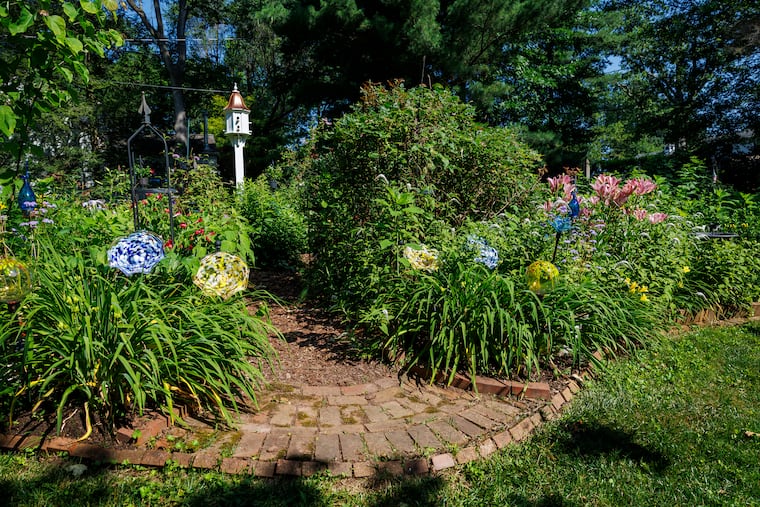Tips for Hiring a Landscaper: Key Insights for Choosing the Right Professional for Your Landscaping Needs
Landscaping extends beyond mere planting of flowers and shrubs; it encompasses the art of hardscaping, placement of trees, and strategic planning of outdoor spaces. Individuals seeking to enhance their properties may choose to engage landscape architects, designers, or professional landscaping companies. Various garden centers also offer landscaping services, while some homeowners might opt for a do-it-yourself approach.
When considering professional assistance in landscaping, the choice of service provider can vary significantly. Some landscaping firms are equipped to manage all aspects of a project—from hardscaping to planting. In contrast, most landscape architects focus solely on design, necessitating homeowners to hire additional contractors for the actual implementation of the project. To streamline the search process, potential clients can access ratings for local landscapers, designers, and garden centers through a available resource by Checkbook, providing insights into various service providers.
Before enlisting a landscaping professional, homeowners should reflect on their space and their envisioned landscape goals, keeping in mind that these plans may evolve over time. Key considerations include establishing a budget—ranging from a few thousand dollars for minor updates to a much larger sum for complete renovations and hardscaping. Homeowners should also contemplate the overall theme of their garden, whether it be a serene Zen garden or a vibrant English meadow.
The planning process should address specific needs, such as the need for hardscaping features like patios or pathways, the desire to maintain open spaces for children and pets, and preferences regarding plant maintenance. Homeowners should also consider whether they want a landscape that provides constant color, privacy, or addresses particular challenges like drainage issues or wildlife interference.
For guidance and inspiration, individuals can consult a myriad of resources including gardening magazines, books, and social media platforms, as well as local neighborhoods to visualize potential designs.
When selecting design help, homeowners have the option to work with firms that offer both design and installation services or to hire landscape architects who may only provide planning assistance. A thorough evaluation of their experience and portfolio, as well as feedback from previous clients, is advisable. Additionally, obtaining a written agreement detailing the scope of work and specific design elements is crucial in ensuring clarity and accountability.
Once the plan is underway, proactive communication with the designer is essential. Homeowners should inquire about plant suitability, maintenance efforts, and long-term growth impacts. Establishing a rapport with potential installers is equally important; homeowners should request references, confirm guarantees, and ensure that the contractor will take precautions to avoid damaging existing structures or utility lines during installation.
Securing a fair price requires obtaining quotes from multiple companies based on the finalized landscaping plan, emphasizing fixed-price contracts to avoid unexpected cost variations. As the project progresses, homeowner oversight is vital. Regular check-ins are recommended to monitor plant health and ensure compliance with the agreed-upon design and standards.
Maintaining an active role throughout the entire process—from planning to execution—will not only enhance the final outcome but also ensure that the investment in landscaping yields lasting satisfaction.
For further details on landscaping services, consumers can explore resources that facilitate understanding and aid in making informed choices regarding their landscaping projects.







